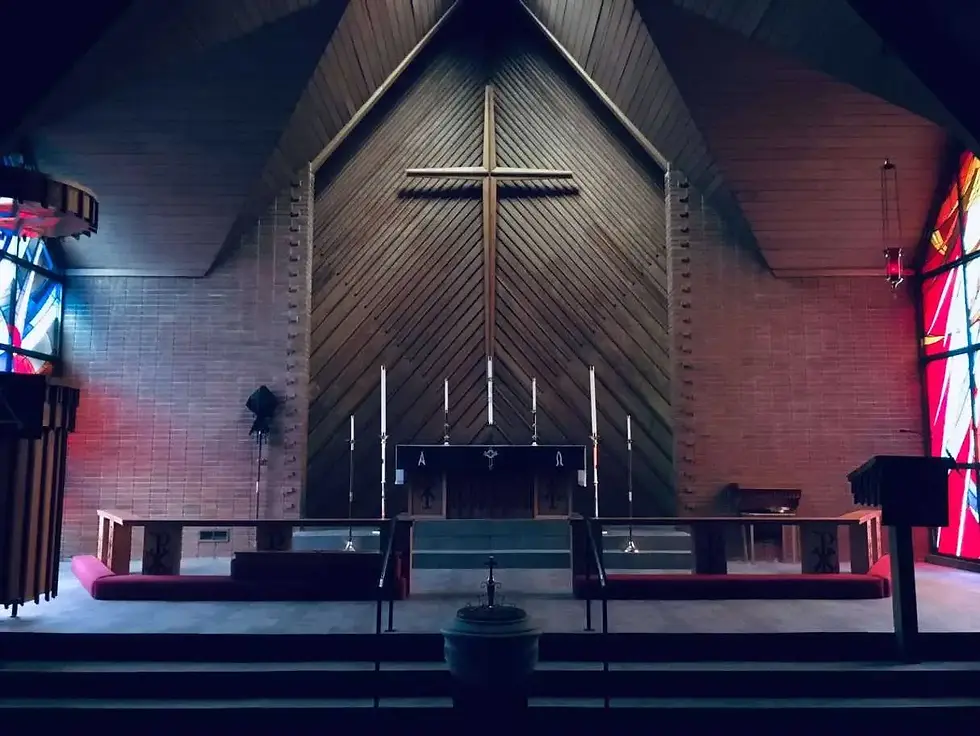The Real Costs of Buying a Home: What You Actually Need to Save
- John Landry

- Mar 16
- 3 min read
Updated: Sep 4
Thinking about buying a home? Let's talk about what you really need to have saved up before taking the plunge. I've seen too many first-time buyers get surprised by costs they never budgeted for, and I don't want that to happen to you.

The Down Payment Isn't Your Only Expense
When buying a home, most people focus solely on saving for the down payment. But here's the truth – that's just the beginning. You need to prepare for several other significant expenses that will hit your bank account before you get those keys.
According to ClosingCorp data, average closing costs for a single-family home are around $6,800, a figure that's expected to rise in 2025 as home values continue to increase. Themortgagereports Let's break down what you're actually paying for.
What You'll Need to Save
Down Payment: This remains your biggest expense, but contrary to popular belief, you don't always need 20%. Depending on your loan type, you might put down as little as 3% (for conventional loans) or even 0% (for VA loans). However, putting down less means higher monthly payments and potentially mortgage insurance.
Closing Costs: These fees typically range from 2% to 5% of your loan amount. On a $300,000 home, that's $6,000 to $15,000 in additional costs. BankrateBankrate This isn't a small amount, and many first-time buyers get blindsided by this expense.
Earnest Money Deposit: When you make an offer, you'll need to put down earnest money to show you're serious. This typically ranges from 1% to 2% of the purchase price and will eventually go toward your down payment and closing costs at settlement. HomeGuide But you need this money available immediately when making the offer.
Home Inspection: This critical step helps you identify potential issues before buying. Home inspections generally range from $300 to $500, depending on the property's characteristics. Bankrate Skipping this to save money is almost always a bad idea.
Moving Costs: Even if you're just moving across town, expect to spend $1,000 to $5,000 depending on how much stuff you have and whether you hire professionals.
What's Actually Included in Closing Costs?
Many buyers have no idea what closing costs actually cover. Here's what you're paying for:
Loan Origination Fee: This covers administrative fees charged by the lender for processing your mortgage application, which may include application fees, credit checks, and underwriting. HomeGuide
Appraisal Fee: Lenders require an independent assessment of the home's value.
Title Insurance: This protects you from ownership claim issues such as liens, deeds, or other claims. HomeGuide
Property Taxes: You'll likely need to prepay some property taxes at closing.
Homeowners Insurance: Most lenders require the first year paid upfront.
Attorney Fees: In some states, you're required to have an attorney at closing.
Saving Strategies That Actually Work
Here are some realistic ways to handle these costs:
Plan for the Total Package: Instead of just saving for a down payment, aim for your down payment plus 5% of the purchase price. This gives you a buffer for closing costs and unexpected expenses.
Ask About Seller Concessions: Seller concessions can help you make a sale in close negotiations. If the seller pays for some of your closing costs, it might be the deciding factor in getting your offer accepted. Real Estate Witch In buyer's markets, this becomes more feasible.
Look Into First-Time Buyer Programs: Many states and localities offer assistance programs that can help cover closing costs or provide favorable loan terms.
Consider Lender Credits: You can ask the lender to pay your closing costs in exchange for a higher interest rate. The Motley Fool This reduces your upfront costs but increases your monthly payment.
Time Your Closing Strategically: You could strategically plan your closing date to lower the upfront per diem interest costs on the mortgage. Bankrate Closing at the end of the month generally means less prepaid interest due at closing.
The Bottom Line
The people who successfully buy homes aren't necessarily the ones with the biggest paychecks – they're the ones who understand all the costs involved and plan accordingly. In today's market, being financially prepared means looking beyond just the down payment.
For most homes, aim to save your down payment plus an additional 3-5% of the purchase price for closing costs and another 1-2% for moving expenses and immediate repairs. That extra buffer can be the difference between a smooth purchase and a financial emergency.
Remember: the goal isn't just to buy a home – it's to buy a home and still have enough financial stability to enjoy living in it.



